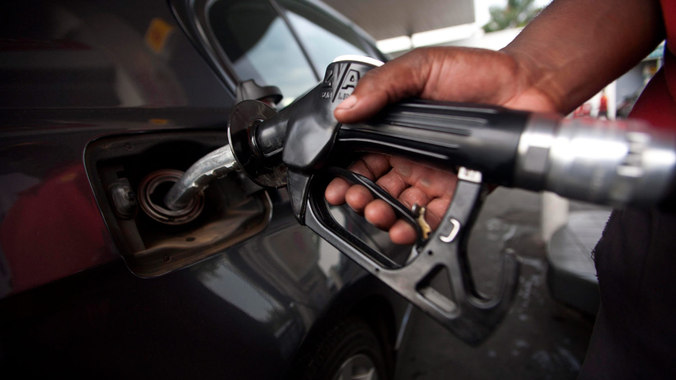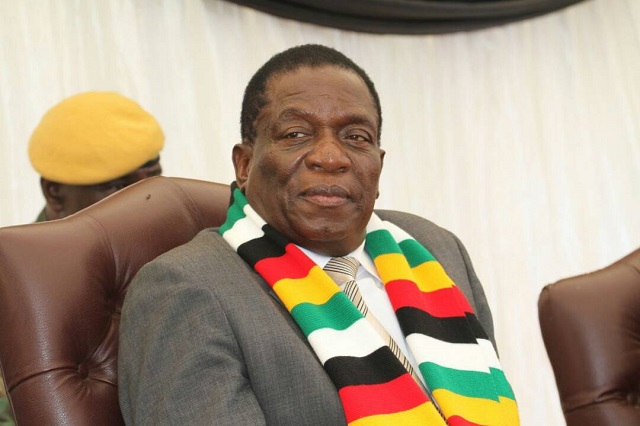EDITORIAL COMMENT: Brace for greater demand for fuel, electricity

Zimbabwe has lately been facing a positive problem with regards to demand for liquid fuels outstripping supply.
An increase in consumption of 22 percent for petrol and eight percent for diesel resulted in supplies drying up in recent weeks. Panicky motorists and businesses started wondering if 2008 was back.
However, the Government immediately explained that demand for fuel had shot up over the past three months on the back of economic recovery. Because economic recovery is gathering pace since November last year, more businesses and individual clients are burning more fuel unlike in the past when demand for it was low as the economy wobbled. So rather than 2008 returning, the fuel shortage is a sign of a development that is much more welcome.
Energy and Power Development Minister Simon Khaya Moyo said other factors are at play, among them an increase in the price of oil on the international market and depressed production of ethanol. An increase in the oil price means that the country needs more foreign currency to import fuel, but because we do not have much by way of hard currency reserves, the country has struggled to mobilise enough money to import enough of the commodity. Also the lack of ethanol means that smaller amounts of it are being blended with petrol, resulting in depressed supply.
However, it is impossible to deny that one important reason why fuel supply has been tight is high consumption. To cover the gap, the Reserve Bank of Zimbabwe (RBZ) has had to double the foreign currency allocation for fuel importation from $10 million per week.
“The economy is expanding and demand for fuel, where is it coming from?” RBZ Governor Dr John Mangudya told the Parliamentary Portfolio Committee on Mines and Energy on Monday.
“It is coming from four sources: it’s coming from an expanding economy, confidence in the economy, price increases internationally and of course limited production of ethanol. When driving into the central business district, there are traffic jams. These tell us that the economy is back. Fuel is the best index in an economy (to measure its performance).”
A few days earlier, Confederation of Zimbabwe Industries president Mr Sifelani Jabangwe had said fuel consumption had increased thus it was imperative for the Government to increase its budget for importation of the commodity.
As confidence in the economy is growing following the coming into office of President Emmerson Mnangagwa last November, there has been a stampede of investors. At least $16 billion in investment commitments have been signed in just six months of the life of his administration. Many of them are already setting themselves up.
Apart from foreign investors, locals whose businesses were struggling are beginning to look up, expanding their old companies or investing in new areas.
All this activity obviously moves on fuel, hence the increase in demand. We foresee an even more dramatic growth in consumption after the July elections.
For now many of the companies that have expressed commitment to put their money in the local market are waiting for the polls which President Mnangagwa is expected to win in a free and fair manner. The investors have gained confidence in his leadership which they rightly view as forward-looking and inclusive and must continue.
The spike in demand for fuel highlights more positive challenges this economy will face in the next few months or years. The economy is set to grow more rapidly as the investment commitments get actualised.
It is a fact that Zesa has not been shedding power in recent months, not because we are producing much electricity, but because the average consumption, at 1 400MW, is only a reflection on a small economy. But soon it will recover and begin to grow, which means demand for electricity will rise as well.
Roads across the country are too narrow and rough. For now, not many vehicles are using them because the economic recovery is just starting. In the next few years of economic growth the national fleet would rise and with it congestion on the roads.
The same will apply to the railways. The network is already creaking. In addition, it does not cover all the key economic centres across the country. When the mining companies that have indicated their intentions to start operations here begin to do so, it is likely to become evident to all that the National Railways of Zimbabwe (NRZ) isn’t able to meet demand.
That is why we are encouraged by the new investment into the NRZ. We are also encouraged by the plan to expand electricity generating capacity at Hwange Thermal Power Station, development of coal-bed methane into electricity, the $5,2 billion Nkosikhona Holdings deal to produce liquid fuels from coal and so on.
These, among other projects, will boost local infrastructure in terms of quality and geographical reach for it to be able to handle demand in an economy that will grow dramatically in the next few years.










Comments